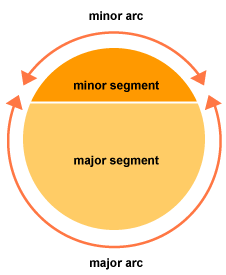Subtraction is one of the basic operations in math. It is a process of finding the difference of two numbers. In case of whole numbers the process is simple but in case of fractions, the process may involve a number of steps.
How to Subtract Fractions
As mentioned earlier, subtraction of fractions require a number of steps. Of course, in the simplest cases, where the denominators of the fractions are same, the process is just like subtracting whole numbers. All that need to be done is just subtract the numerators over the given common denominator.
But in case of fractions with different denominators, first task is to find the equivalents of the given fractions with same denominator. Such a equivalent common denominator is also called as Lowest Common Divisor. It is same as the lowest common multiple of the denominator.
How do you Subtract Fractions
Let us concentrate on the case of subtractions of fractions with different denominators, as the case of subtraction of fractions with same denominators is as simple as subtraction of whole numbers.
The easiest method for students to understand is the method of equivalent fractions. The first step here is, determine the lowest common multiple of the given denominators.
Then find ‘equivalent fractions’ of the given ones with the lowest common multiple as the denominator. That is rewrite the given fractions as if their denominators are changed to the lowest common multiple found. For example, 1/2 can be rewritten in the equivalent form as 2/4, 4/8,8/16 etc. depending on the need.
The subtraction of given fractions is same as the subtraction of their equivalent fractions and now the process is simple because the denominators are made same.
Subtract Fractions
Let us discuss a specific example to illustrate how to subtract fractions with different denominators. Let is consider that 2/5 is subtracted from 3/7.
The denominators are 5 and 7 and the lowest common multiple is 35. The equivalent fraction of 2/5 with denominator is 14/35 and that of 3/7 with the same denominator is 15/35.
Now subtraction of 2/5 from 3/7 is same as subtraction of 14/35 from 15/35 which is (15 – 14)/35 = 1/35. Thus the answer is 1/35.
Subtracting Fractions with Whole Numbers
For subtracting fractions with whole numbers, first subtract the fraction parts and then the whole number parts and combine them For example, 5(1/2) – 3 (1/4) is done by (1/2) – (1/4) 1/4 and 5 – 3 = 2, which gives the final answer as 2(1/4).
However trouble arises when the fraction part of the first mixed number is less than that of the second mixed number. In such cases, convert the first fraction part to an improper fraction by borrowing 1 from the whole number. The rest of the procedure is same as explained but remember the whole number part of the first one is reduced by 1!





















